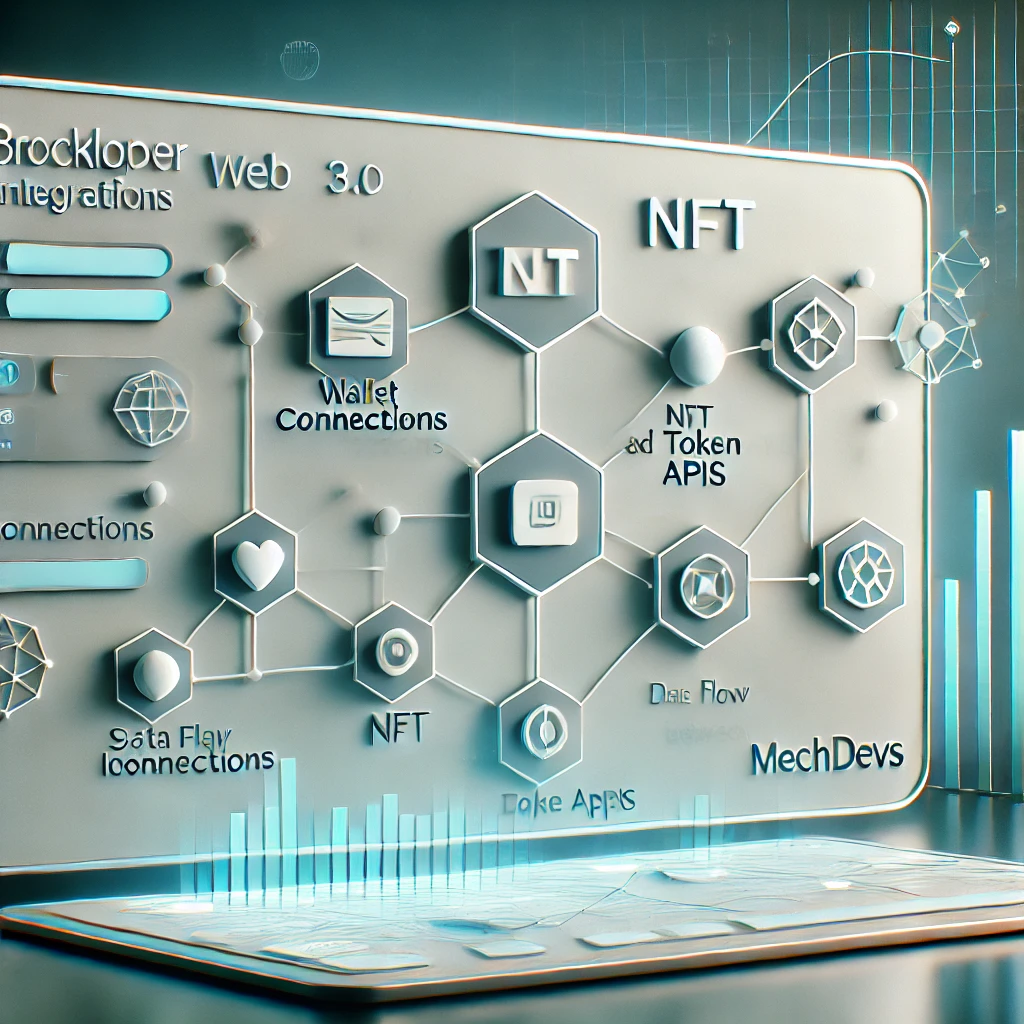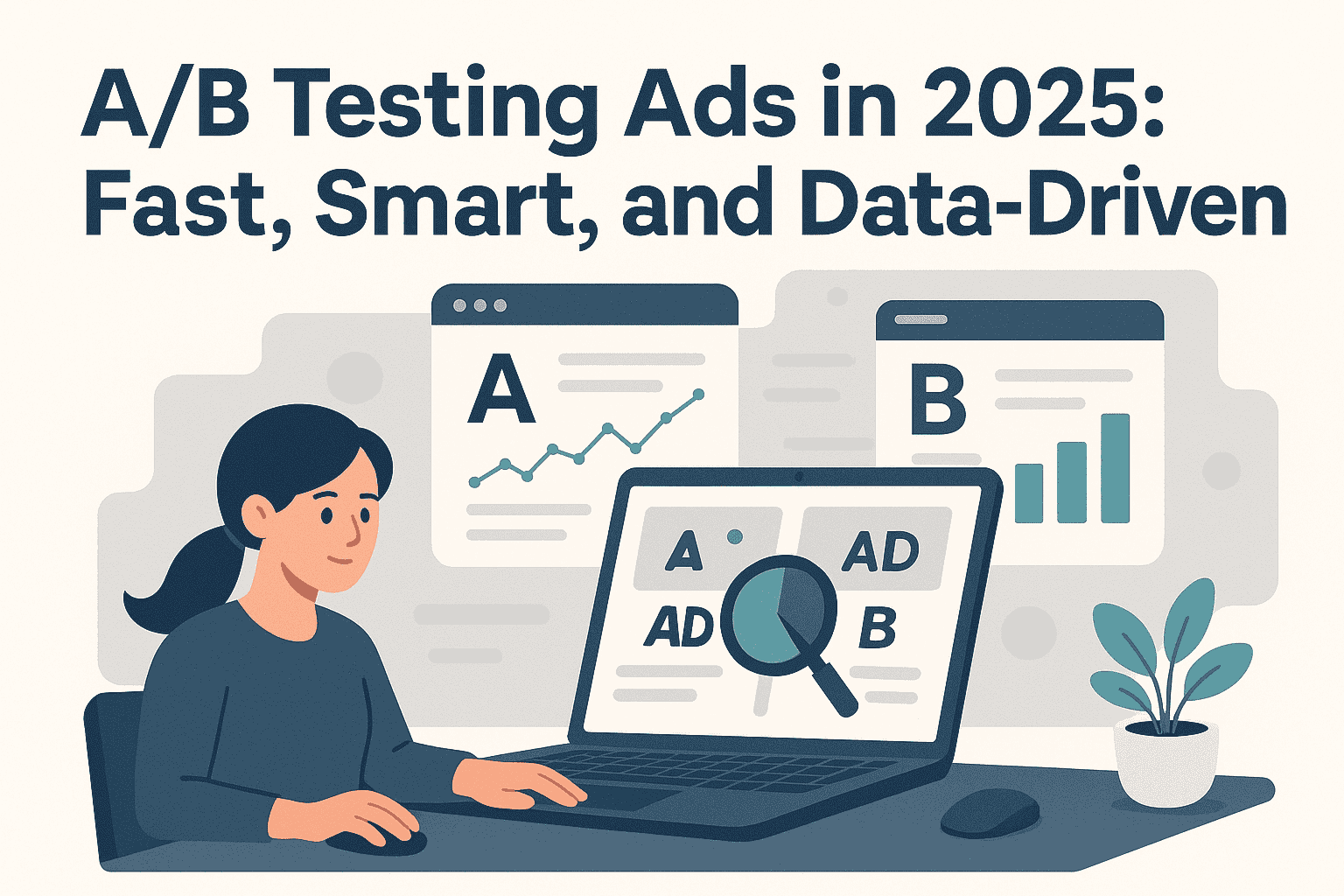Web 3.0 Is No Longer Just a Buzzword
In 2025, Web 3.0 and blockchain integration aren’t just trends—they’re setting the stage for a more open, secure, and user-owned internet.
But for many developers, the shift from traditional web stacks to decentralized frameworks can feel overwhelming. If you’ve been building websites or apps the Web 2.0 way, now’s the time to learn what’s changing—and how to stay ahead.
This post breaks down exactly what Web 3.0 is, how blockchain fits in, and what skills developers should focus on to stay relevant in this new digital era.
What Exactly Is Web 3.0?
Web 3.0 refers to the next phase of the internet—decentralized, trustless, and user-centric. Unlike Web 2.0, where companies control platforms, Web 3.0 gives users ownership of their data, identity, and digital assets.
It’s powered by blockchain technology, smart contracts, and peer-to-peer systems that eliminate middlemen.
Key traits of Web 3.0:
- Ownership through tokens or NFTs
- User authentication via crypto wallets (no usernames or passwords)
- Trustless interactions powered by smart contracts
- Transparent, decentralized data storage
Where Blockchain Comes In
Blockchain is the infrastructure that supports Web 3.0. It offers:
- ✅ Secure, verifiable transactions
- ✅ Decentralized identity systems
- ✅ Public data that can’t be tampered with
- ✅ Smart contracts to automate business logic
In short, it replaces central servers with transparent, distributed systems.

What Developers Should Focus On in 2025
You don’t need to abandon traditional development—but to work in Web 3.0, you’ll want to explore new tools and frameworks.
Here’s where to start:
1. Understand Smart Contracts
Smart contracts are self-executing code stored on blockchains like Ethereum or Solana.
Languages to learn:
- Solidity (for Ethereum and EVM-compatible chains)
- Rust (for Solana, Polkadot, etc.)
Use cases:
- Service automation
- Payment processing
- Escrow or delivery confirmation
2. Learn Wallet Integration
Apps are replacing logins with wallet connections (e.g., MetaMask, WalletConnect).
Why it matters:
- Offers secure, passwordless authentication
- Supports crypto payments
- Enables access control based on tokens
3. Explore Decentralized Storage
Platforms like IPFS or Arweave offer censorship-resistant alternatives to cloud storage.
Use cases:
- Hosting documents or media
- Storing smart contract-related data
- Backing up key business information
4. Use Web3 Libraries and SDKs
Tools like web3.js, ethers.js, and Solana Web3 simplify blockchain interactions from frontend frameworks like React or Vue.
5. Think in Tokenomics
Tokens drive utility, rewards, and governance in Web 3.0. Developers may need to understand:
- Token creation and distribution
- Access control using NFTs or ERC-20 tokens
- Community rewards or loyalty systems
Real-World Examples of Web 3.0 Integration
- Decentralized Service Booking: Customers pay using crypto, and a smart contract releases payment after service delivery.
- Token-Gated Access: Only users who own a certain token can access premium features or content.
- DAO Voting: Communities vote on business decisions using tokens—perfect for open-source or community-driven products.
Challenges to Consider
- 🧠 Steep learning curve: Solidity and wallet flows aren’t always intuitive.
- 🛡️ Security risks: Smart contracts must be audited—bugs can’t be patched easily.
- 💸 Gas fees: On-chain actions cost real money; optimization is key.
- ⚖️ Legal uncertainty: Some regions have unclear regulations for tokens and decentralized apps.
Final Thoughts: Should You Jump In?
If you’re a developer or business owner looking to future-proof your projects, now’s the time to start learning Web 3.0 basics.
Start with:
- Connecting a wallet to a basic frontend
- Writing your first smart contract
- Exploring the tools and platforms your audience may soon rely on
🎯 Want help building or integrating Web 3.0 into your next project? MeshDevs offers expert support for decentralized tools, smart contract development, and next-gen web apps.
Web 3.0 is changing how we build. Let’s help you build for what’s next.
👉 Book Your Free Demo Now




